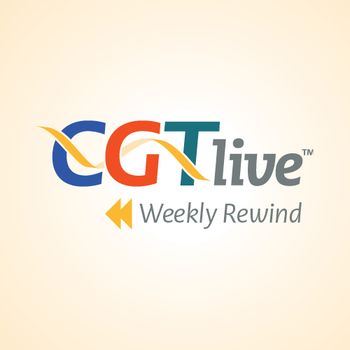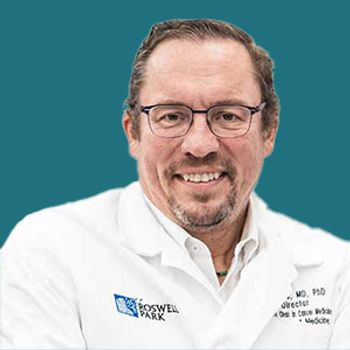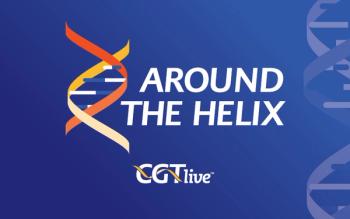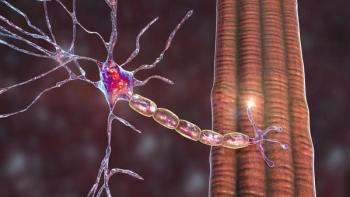
Conservative Management Following Treatment With DMD Gene Therapy Elevidys
Ben Samelson-Jones, MD, PhD, the associate director of clinical in vivo gene therapy at Children’s Hospital of Philadelphia discussed a case he presented at the American Society of Gene and Cell Therapy’s 2025 meeting.
Sarepta Therapeutics’ delandistrogene moxeparvovec-rokl (marketed as Elevidys) is an FDA-approved gene therapy intended to treat Duchenne muscular dystrophy (DMD). A notable case study of a patient treated with Elevidys was presented by Ben Samelson-Jones, MD, PhD, an assistant professor of pediatric hematology at Perelman School of Medicine, University of Pennsylvania, and the associate director of clinical in vivo gene therapy at Children’s Hospital of Philadelphia (CHOP), at
CGTLive® spoke with Samelson-Jones at the conference to learn about the case and its implications. Samelson-Jones pointed out that the case emphasizes the importance of conservative management.
CGTLive: Can you give a bit of background context about your presentation at ASGCT this year?
Ben Samelson-Jones, MD, PhD: As way of background, this presentation discussed one of our clinical patients at CHOP and described how our multidisciplinary gene team approach identified and then was able to manage toxicities after Elevidys administration.
What are the key points of your presentation?
We have expanded the laboratory monitoring of a Elevidys based on the label. Instead of waiting for Week 1, we actually typically get labs between days 2 and 4. That allowed us to identify that he had an elevation in his troponin, a biomarker for cardiac injury, that triggered us to see him in cardiology clinic, which identified EKG changes, vital sign changes, and additional laboratory abnormalities. The assessment was that he needed to be admitted for further evaluation. While he was admitted, he developed an arrhythmia, atrial fibrillation, which required transfer to the intensive care unit and specific medications that resolve the arrhythmia. But I think it is illustrative of the importance of our more conservative approach.
How would you summarize the big picture implications of this?
I think the big picture take-home is that AAV has a set of evolving and unique toxicities, and the clinical care of AAV recipients requires collaboration and developing specialty expertise. I think that's really important to safely administer these therapies. I think this case shows that it can be done, but it requires forethought, planning, and some institutional support to do that as safely as possible.
Are there any challenges that still need to be figured out?
I think we are still working. Our clinical model is still evolving. I think this case was a success of our multidisciplinary gene team that we've pioneered at CHOP. But I think we're still working out the best way to do all these things,
This transcript has been edited for clarity.
Newsletter
Stay at the forefront of cutting-edge science with CGT—your direct line to expert insights, breakthrough data, and real-time coverage of the latest advancements in cell and gene therapy.











































